Canine companionship offers unexpected relief from persistent anxious thoughts.
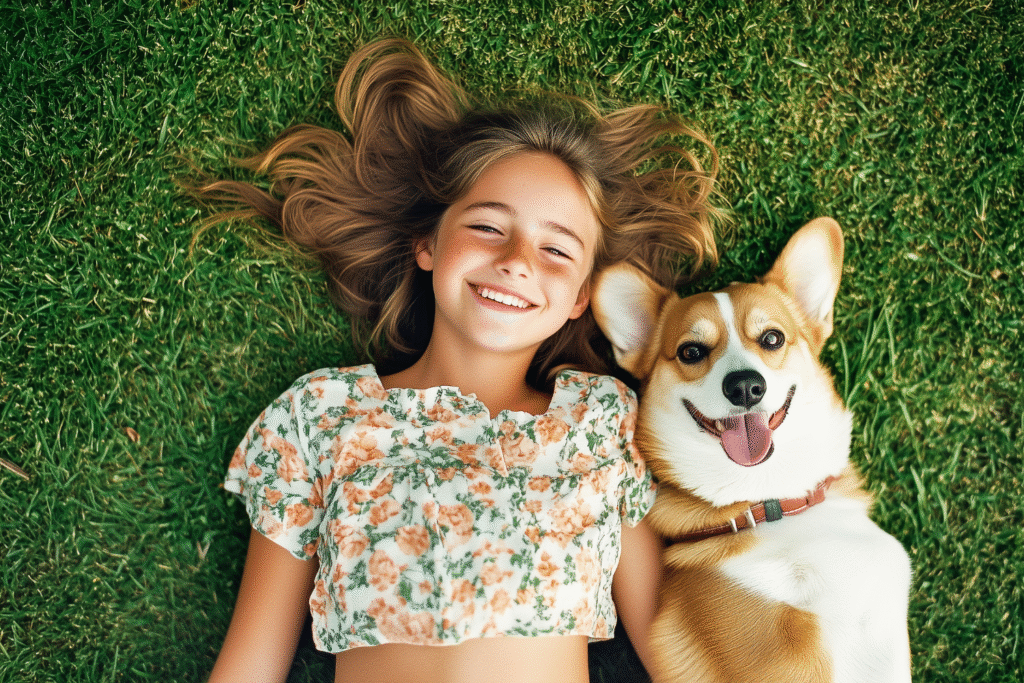
Anxiety disorders affect millions of people worldwide, creating persistent worry, physical tension, and overwhelming fears that interfere with daily functioning and quality of life. Traditional treatments including therapy and medication help many individuals, but an increasing body of research suggests that dog ownership provides complementary benefits that address anxiety through entirely different mechanisms. The presence of a dog in your life creates routine, purpose, and unconditional companionship that collectively reduce anxiety symptoms in ways that surprised even researchers studying these effects. Dogs don’t judge your anxious thoughts, don’t dismiss your concerns as irrational, and don’t grow tired of providing comfort during your worst moments. Their simple presence and enthusiastic affection create stabilizing forces that ground anxious minds in the present moment rather than catastrophic future scenarios.
1. Physical contact with dogs reduces cortisol levels measurably.
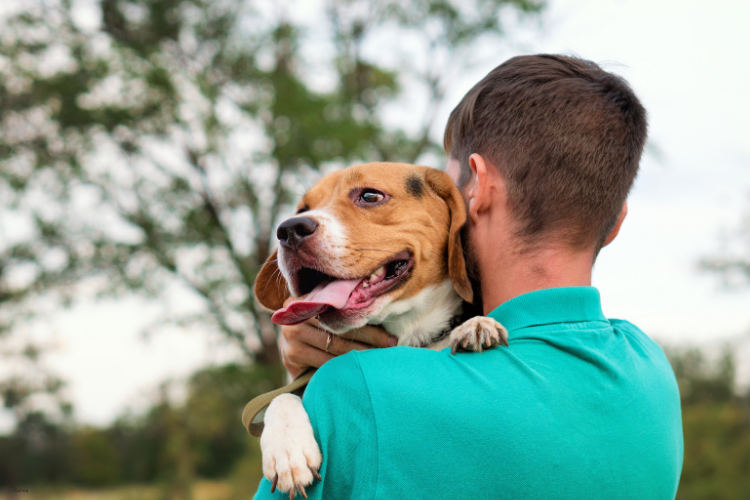
Petting a dog triggers biochemical changes in your body that directly counteract the physiological manifestations of anxiety, lowering stress hormones while simultaneously increasing feel-good neurochemicals. According to research conducted at Washington State University in 2019, just ten minutes of interaction with dogs produced significant reductions in cortisol, the primary stress hormone that remains elevated in people with chronic anxiety. This effect occurs through tactile stimulation that activates pressure receptors beneath your skin, sending signals to your brain that initiate relaxation responses. The soft warmth of dog fur, the rhythmic motion of stroking their coat, and the solid presence of their body against yours create multisensory experiences that calm racing thoughts. Regular physical contact with your dog essentially provides on-demand anxiety relief without side effects or the need for precise timing like medications require.
2. Dogs enforce daily structure through their unchanging routine needs.
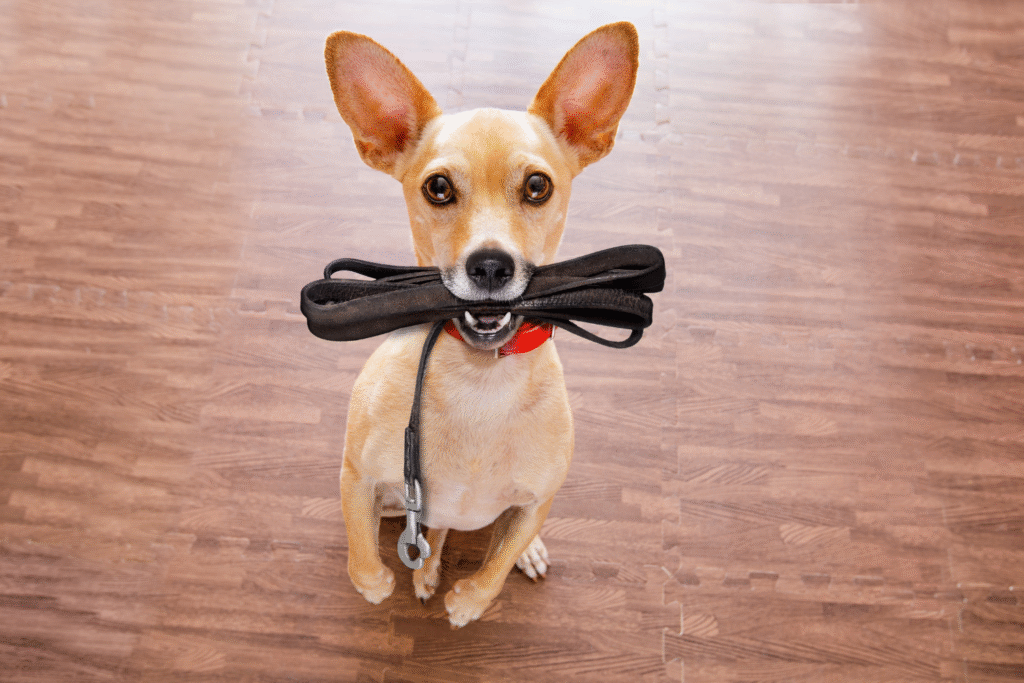
Anxiety often thrives in chaos and unpredictability, but dogs require consistent feeding times, regular walks, and predictable bathroom breaks that impose stabilizing structure on otherwise disordered days. These non-negotiable responsibilities create external motivation to get out of bed during depressive episodes that frequently accompany anxiety, preventing the complete withdrawal that worsens mental health. The simple act of fulfilling your dog’s needs provides accomplishment and purpose during periods when anxiety makes other tasks feel overwhelming or impossible, as reported by researchers at the University of British Columbia studying the mental health benefits of pet ownership. Your dog doesn’t care whether you showered or if you’re wearing pajamas at three in the afternoon during a particularly rough anxiety spell. They just need their walk, their food, their presence with you, creating manageable goals that keep you functioning when anxiety might otherwise paralyze you completely.
3. Oxytocin production increases dramatically during dog interactions consistently.
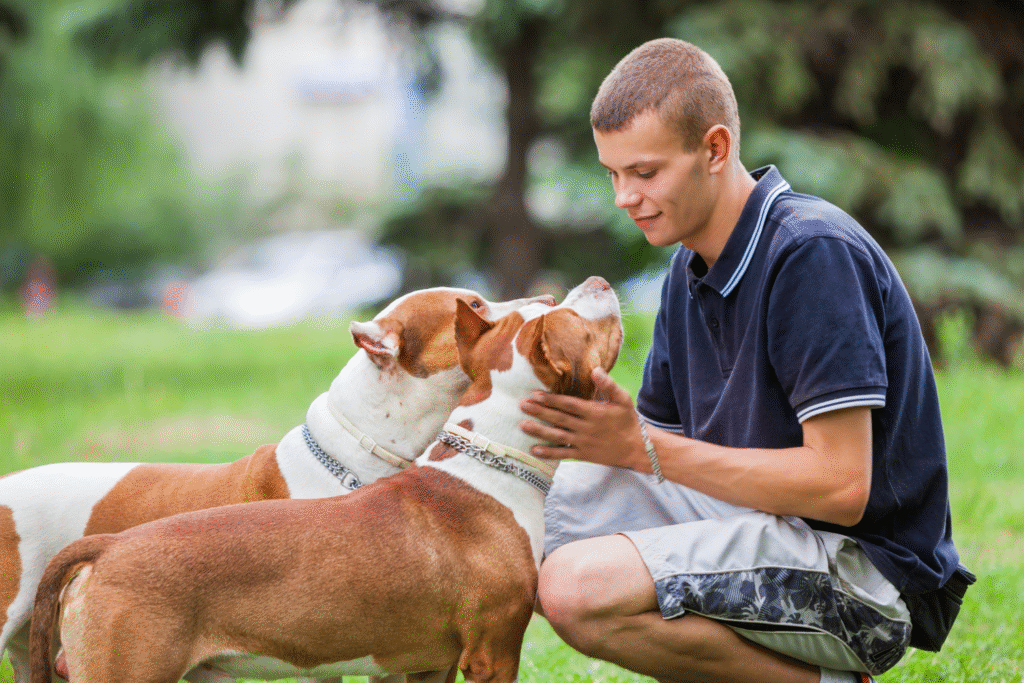
Looking into your dog’s eyes triggers oxytocin release in both you and the dog, creating a powerful bonding neurochemical that reduces anxiety while strengthening the human-animal connection. According to findings published by Japanese researchers at Azabu University in 2015, mutual gazing between dogs and their owners produced oxytocin increases comparable to those seen between mothers and infants. This hormone promotes feelings of trust, safety, and social bonding while simultaneously reducing activity in brain regions associated with fear and anxiety. The effect amplifies through repeated interactions, meaning the longer you’ve had your dog and the stronger your bond, the more pronounced the anxiety-reducing benefits become. That moment when your anxious thoughts are spiraling and you catch your dog’s gentle, concerned gaze can literally shift your neurochemistry toward calmness within seconds.
4. Outdoor exercise becomes non-optional when dogs need daily walks.
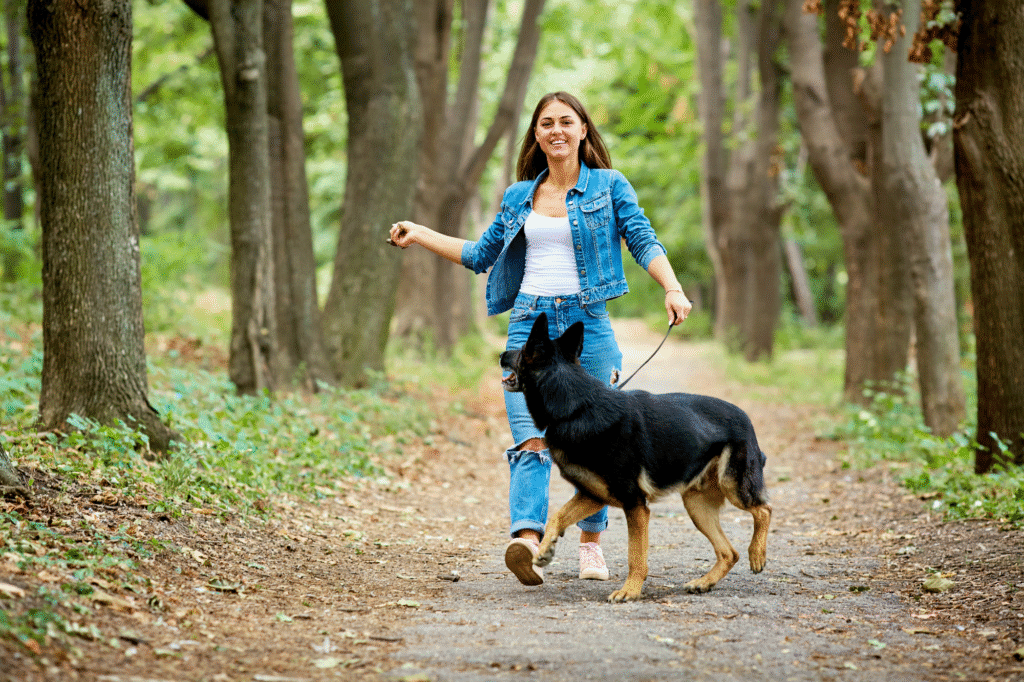
Physical activity ranks among the most effective anxiety treatments available, and dog ownership essentially mandates regular exercise whether you feel motivated or not. Those daily walks force you outside where natural light, fresh air, and movement combine to reduce anxiety through multiple biological pathways simultaneously. Walking increases endorphin production, improves sleep quality, reduces muscle tension, and provides distraction from anxious rumination. Your dog’s excitement about walks makes it harder to rationalize staying inside where anxiety can intensify in isolated environments. Even short walks around the block provide more anxiety relief than hours spent on the couch scrolling through your phone and amplifying worries.
5. Social connections expand naturally through dog ownership and interaction.

Dogs serve as social catalysts that facilitate human interactions in ways that feel less threatening than traditional socializing for anxiety-prone individuals. Other dog owners stop to chat during walks, creating low-pressure conversations focused on the dogs rather than personal topics that might trigger social anxiety. Dog parks, training classes, and pet stores provide structured environments where interactions occur naturally around shared interests. These connections combat the isolation that anxiety often creates while building social skills in contexts that feel safer than traditional social settings. Your dog essentially gives you conversation starters, common ground with strangers, and legitimate reasons to engage with your community without the performance pressure of typical social situations.
6. Panic attacks become less intense with trained canine presence.

Dogs can detect the physiological changes preceding panic attacks through their remarkable sensitivity to human body chemistry and behavioral cues. Some individuals train their dogs to perform specific tasks during panic episodes, such as applying deep pressure therapy, retrieving medication, or leading them to safe spaces. Even untrained dogs often respond to their owner’s distress by staying close, nuzzling, or engaging in behaviors that ground the anxious person in present-moment awareness. The knowledge that your dog will remain with you during panic attacks reduces anticipatory anxiety about having episodes, creating a safety net that makes panic feel less catastrophic. Their calm presence during these terrifying moments provides an anchor to reality when your body insists danger is imminent.
7. Sleep quality improves significantly when dogs share your bedroom.

Many anxiety sufferers struggle with insomnia, racing thoughts at bedtime, or hypervigilance that prevents deep sleep, but dogs in the bedroom provide security that allows nervous systems to relax. The sound of your dog’s breathing creates rhythmic white noise that masks sudden sounds that might startle anxious sleepers awake. Their presence deters nighttime intrusive thoughts about safety concerns because you trust your dog would alert you to genuine threats. Some people find that their dog’s warmth and weight against them provides the same anxiety-reducing deep pressure that weighted blankets offer. The simple knowledge that you’re not alone in the dark reduces the vulnerability feelings that keep anxious minds spinning through worst-case scenarios instead of sleeping.
8. Unconditional acceptance counters the harsh self-criticism anxiety breeds.
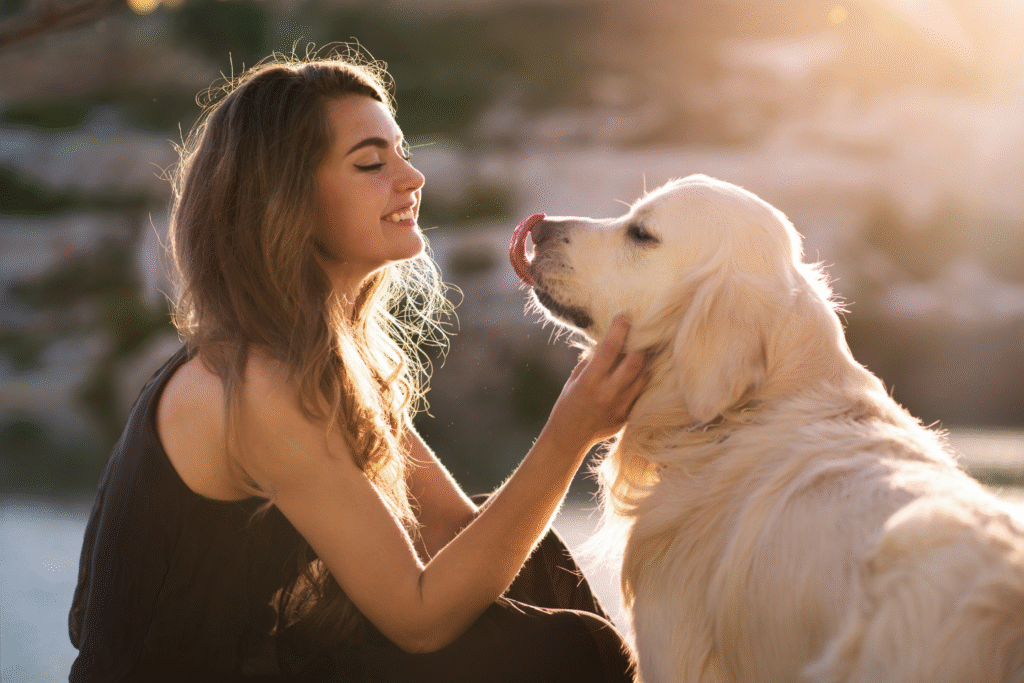
Anxiety often comes packaged with brutal internal commentary about your inadequacies, failures, and shortcomings, but dogs offer pure acceptance regardless of your perceived flaws. Your dog doesn’t care about your productivity levels, appearance, social status, or the mistakes keeping you awake at three in the morning. They greet you with identical enthusiasm whether you just accomplished something amazing or spent the day paralyzed by anxiety on the couch. This unwavering positive regard provides a counterbalance to the negative self-talk that fuels and perpetuates anxiety disorders. When your brain insists you’re failing at everything, your dog’s tail-wagging joy at your mere existence offers concrete evidence that perhaps your anxiety lies about your worthlessness.
9. Mindfulness practice happens naturally through focused dog observation.
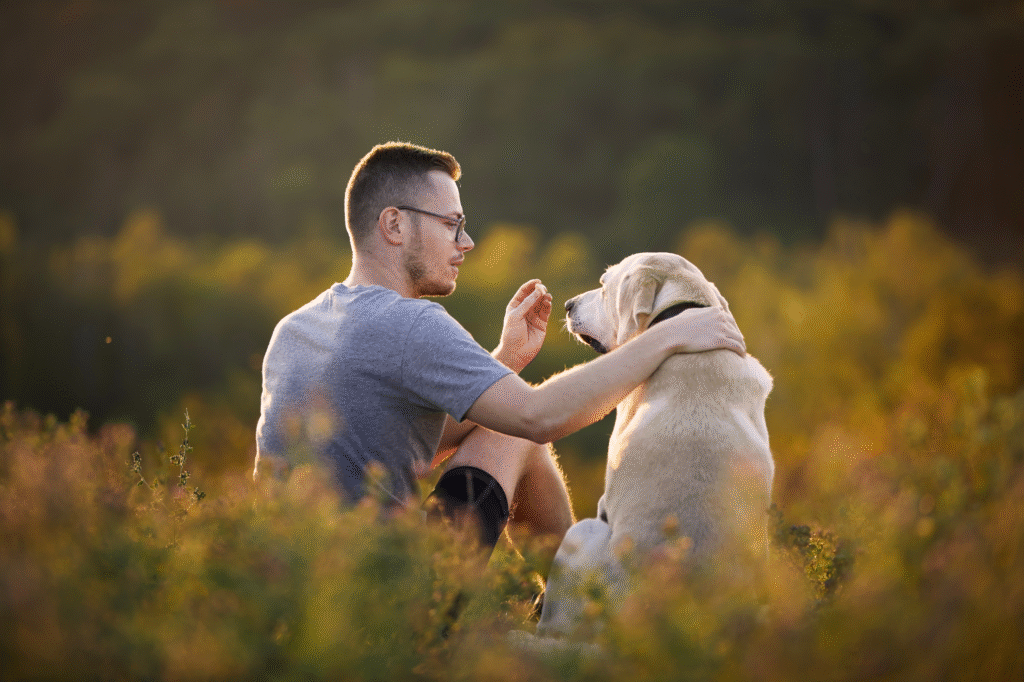
Anxiety traps minds in catastrophic future thinking or rumination about past mistakes, but dogs live entirely in the present moment, unconsciously teaching mindfulness through example. Watching your dog experience simple pleasures like a sunbeam on the floor, a tennis ball, or the arrival of dinner demonstrates present-moment awareness that anxious minds struggle to achieve. Playing with your dog requires full attention that crowds out anxious thoughts temporarily, providing mental breaks that prevent the exhaustion of constant worry. Training sessions demand focus on your dog’s responses and your own communication, creating structured mindfulness practice disguised as pet care. These moments of presence accumulate over days and weeks, gradually strengthening your ability to stay grounded rather than spiraling into anxiety.
10. Purpose and responsibility emerge from caring for another living being.
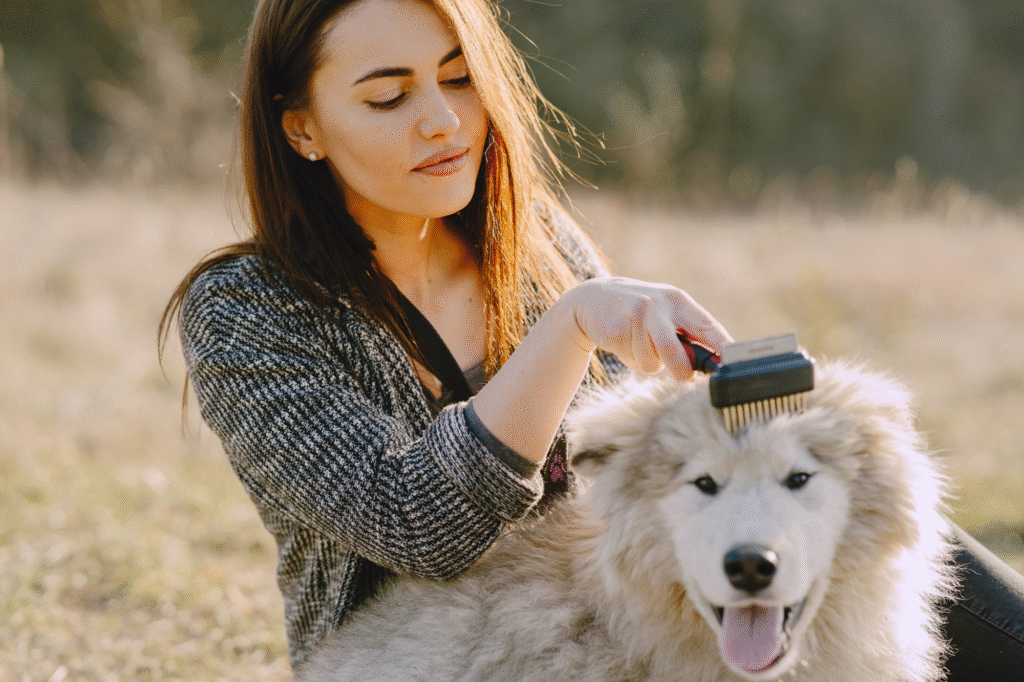
Anxiety can strip away your sense of meaning, making everything feel pointless and overwhelming simultaneously, but dogs need you in concrete, immediate ways that create undeniable purpose. Your dog depends on you for literally everything from food and water to medical care and affection, making your existence unquestionably important regardless of what anxiety claims. This responsibility provides motivation to maintain basic functioning even during severe anxiety episodes when caring for yourself feels impossible. Many people report that they’ve survived particularly dark periods specifically because their dog needed them, making pet ownership potentially life-saving for some anxiety sufferers. That wagging tail and excited greeting reminds you daily that your presence matters enormously to at least one living creature.
11. Worry patterns shift focus from abstract fears to manageable concerns.

Anxiety often fixates on vague, catastrophic possibilities that feel impossible to address, but dogs redirect worried energy toward concrete problems with clear solutions. Instead of spiraling about everything that could go wrong in your life, you might worry whether your dog got enough exercise today or if you should switch their food, practical concerns that you can actually do something about. This shift from paralyzing abstract fear to addressable specific concerns provides a sense of control that reduces overall anxiety levels. Your dog’s needs create a hierarchy that puts your anxious thoughts in perspective, often revealing that the things consuming your mental energy matter far less than the simple, solvable tasks of caring for your companion.
12. Emotional regulation skills develop through consistent dog interaction daily.
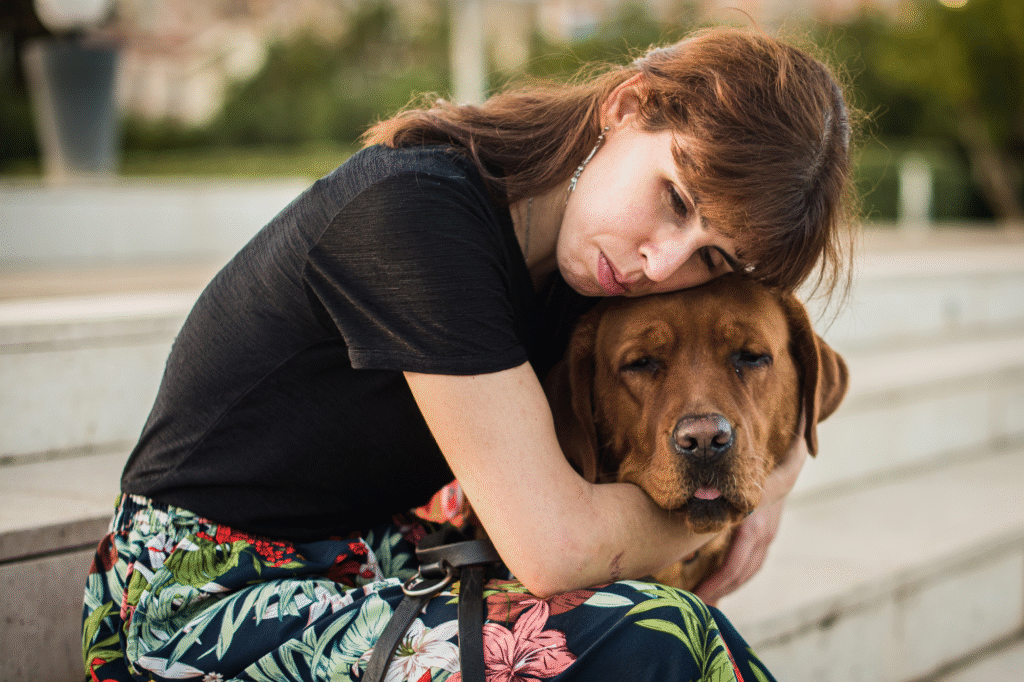
Living with a dog teaches you to recognize, understand, and respond appropriately to emotional states in ways that transfer to better managing your own anxiety. Dogs communicate through body language requiring you to develop observational skills and emotional intelligence that enhance self-awareness. Learning to stay calm when your dog is anxious trains emotional regulation abilities that you can then apply to your own anxiety responses. The patience required for training and the empathy needed to understand your dog’s perspective build emotional capacities that make your own feelings less overwhelming. These skills develop gradually through thousands of small interactions, quietly transforming how you relate to emotions including the anxiety that once controlled your life.
